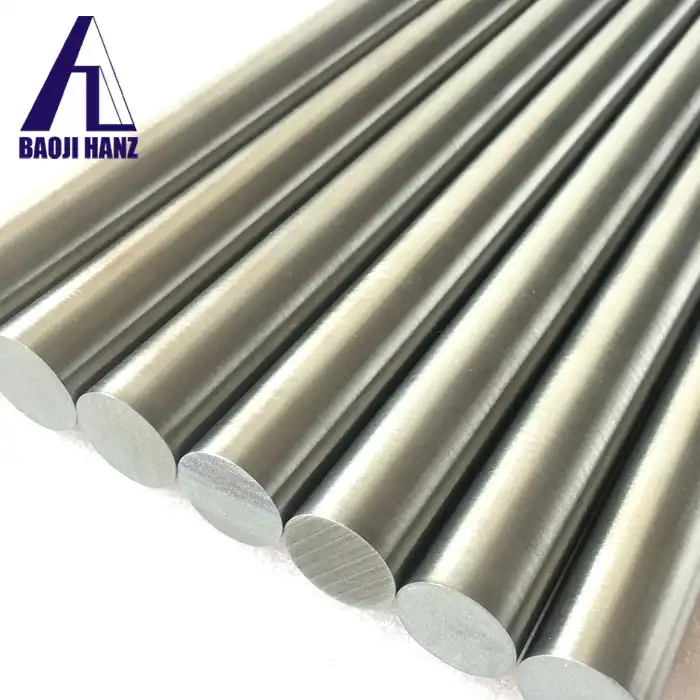Can nitinol ingots be reshaped?
2024-08-05 11:27:58
Yes, Nitinol ingots can be reshaped through controlled heating and mechanical deformation processes. Nitinol's unique shape memory properties allow it to return to its original shape when heated above its transformation temperature (austenitic phase). This characteristic enables ingots to be deformed at lower temperatures (martensitic phase) and then reshaped by applying heat to induce the desired transformation. This capability is utilized in various industries, including biomedical devices and aerospace, where precise shaping and flexibility are crucial. Proper handling and adherence to specific temperature ranges during reshaping ensure Nitinol ingots retain their intended mechanical properties and functionality.
How are Custom Nitinol Ingots Manufactured?
Custom Nitinol ingots are manufactured through a process called vacuum arc melting. This involves melting and alloying nickel and titanium under vacuum to control composition and eliminate impurities. The molten metal is then cooled and solidified into ingots, which are subsequently processed through hot and cold working to achieve desired mechanical properties and shape. Quality control measures ensure precise composition and shape consistency for specific applications in industries like medical devices and aerospace.
What are the Advantages of Tailored Nitinol Ingots?
Tailored Nitinol ingots offer advantages such as customized alloy compositions to meet specific mechanical and thermal requirements, ensuring optimal performance in diverse applications. They enable precise control over shape and dimensions, reducing material waste during manufacturing. Tailored ingots also enhance the reliability and efficiency of Nitinol devices by optimizing transformation temperatures and mechanical properties tailored to the application needs. This customization capability supports innovation in medical devices, aerospace components, and other high-performance engineering applications, providing improved functionality, durability, and patient outcomes.
Can Nitinol Ingots be Recycled or Repurposed?
Yes, Nitinol ingots can be recycled or repurposed. Recycling involves melting down Nitinol scrap or used components to reclaim nickel and titanium for new alloy production. This process helps conserve resources and reduce waste. Repurposing involves reshaping or reconditioning Nitinol components for different applications, extending their lifecycle and reducing environmental impact. Techniques like melting, machining, and surface treatment can be used to transform old Nitinol into new products or components, maintaining its unique shape memory and superelastic properties. These practices support sustainable manufacturing and resource efficiency in various industries.
In conclusion, the reshaping potential of nitinol ingots underscores its versatility and importance across various industries. From customized manufacturing processes to sustainable recycling initiatives, nitinol continues to push the boundaries of material science and engineering. By addressing the fundamental questions surrounding nitinol ingots, this blog aims to provide clarity and insights based on current research and industry practices.
References
- "Shape Memory Alloys - Nitinol" - ASM International
- "Nitinol: Properties and Applications" - Materials Science and Engineering: A
- "Custom Nitinol Alloys and Fabrication" - Fort Wayne Metals
- "Recycling of NiTi Shape Memory Alloys" - Wiley Online Library
